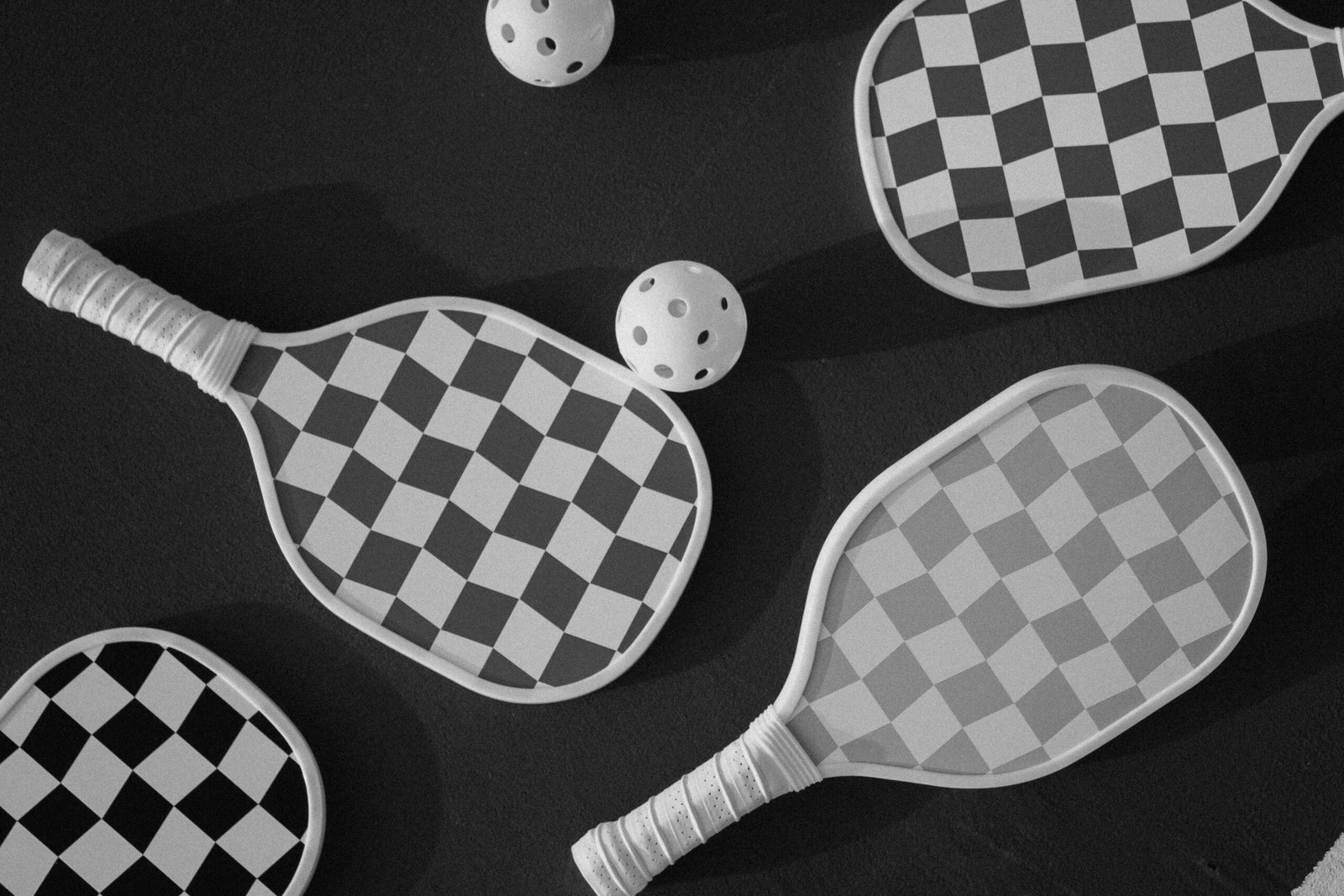One of the most important steps for beginners learning pickleball is understanding the court. The layout might look similar to a tennis court at first glance, but pickleball has its own unique markings and areas that affect how the game is played. Knowing the court dimensions and where to stand can make a big difference in how quickly you pick up the sport.
This guide breaks down the official pickleball court size, markings, and positioning so that new players can feel confident stepping onto the court.
Pickleball Court Dimensions
A standard pickleball court is 20 feet wide and 44 feet long. This size is the same for both singles and doubles games, unlike tennis where the court changes depending on the format.
The court is divided into several key areas:
- Baseline: The back boundary line of the court. Players serve from behind this line.
- Sidelines: The side boundary lines running the length of the court.
- Centerline: The line that divides the service areas on each side.
- Non-Volley Zone (NVZ) or Kitchen: A 7-foot area on both sides of the net where players cannot volley.
- Service Areas: The two rectangles behind the kitchen on each side of the court.
The net is positioned in the middle of the court, measuring 36 inches high at the posts and 34 inches high in the centre.
Court Markings in Detail
The pickleball court markings are designed to keep play fair and structured:
- The non-volley line marks the beginning of the kitchen. No volleys are allowed inside this area.
- The centreline splits each service area into left and right boxes. Serves must land in the diagonally opposite box.
- The baselines and sidelines are part of the court. If the ball lands on a line, it is considered in.
Understanding these markings is crucial because many beginners mistakenly call balls out when they actually land on the line.
Singles vs Doubles Court Dimensions
Unlike in tennis, the dimensions of a pickleball court remain the same for both singles and doubles: 20 feet by 44 feet.
The main difference comes in how players move and cover the space:
- In singles, each player must cover the entire court alone, meaning positioning and stamina are key.
- In doubles, two players share the court, with each typically responsible for one side. Communication and positioning become more important than raw speed.
Player Positioning in Doubles
Most pickleball games are played in doubles, and positioning is key to success. Here are the basics:
- Serving team: The server stands behind the baseline on the right side to start. Their partner waits behind the baseline on the opposite side.
- Receiving team: The player receiving the serve stands diagonally across from the server. Their partner waits behind the baseline in their own half.
- After the serve, players move forward toward the non-volley zone line (kitchen line) to take control of the point. The best positioning is with both players side by side, just behind the kitchen line.
This positioning gives players the best chance of controlling rallies by cutting off angles and being ready for volleys.
Player Positioning in Singles
Singles positioning is slightly different because each player must cover the entire court.
- The server starts behind the baseline on the right side if their score is even, and on the left if their score is odd.
- The receiver always stands diagonally across from the server.
- After the serve and return, players generally move forward to cover the court, using the middle as a strong neutral position.
In singles, good positioning is about balancing offence with defence, since leaving too much space open can make it easy for your opponent to hit winners.
Importance of the Non-Volley Zone
The non-volley zone, or kitchen, is a defining part of pickleball’s strategy. Players aim to get as close to the kitchen line as possible without stepping in, as this allows them to control volleys and dinks.
Good players will often work their way to the kitchen line quickly after the serve and return. Holding this position puts pressure on opponents and limits their options for hitting winning shots.
Common Beginner Positioning Mistakes
New players often make mistakes in positioning that cost them points. The most common include:
- Staying too far back: Hanging near the baseline instead of moving up to the kitchen line puts you at a disadvantage.
- Uneven positioning in doubles: One player at the baseline and the other at the kitchen line creates gaps for opponents to exploit.
- Standing in the kitchen during volleys: Beginners often forget the non-volley rule and step into the kitchen when trying to hit.
- Poor communication: In doubles, not talking to your partner can lead to missed shots or both players going for the same ball.
By avoiding these mistakes, beginners can instantly improve their gameplay.
Why Court Awareness Matters
Pickleball is a game of placement and strategy as much as power. By understanding the dimensions of the court and positioning correctly, you give yourself the best chance of winning rallies.
The smaller court size compared to tennis means quick reflexes and smart positioning matter more than sheer athleticism. This is one of the reasons pickleball is loved by people of all ages—it rewards tactics and awareness as much as speed and strength.
Final Thoughts
Mastering pickleball begins with knowing the court. The official dimensions, unique markings, and smart positioning all play a huge role in how the game unfolds. By learning where to stand and why it matters, beginners can quickly progress from casual rallies to confident, strategic play.
Whether you’re playing singles or doubles, the key to success is working toward the kitchen line, maintaining good positioning, and using the court to your advantage. With these basics in place, you’ll be ready to take your game to the next level.


